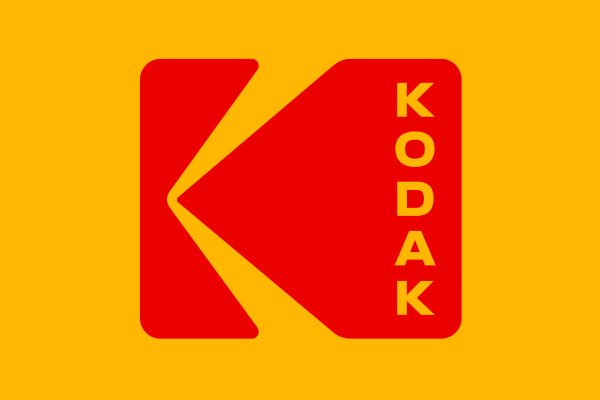By Ed Thompson
A lot is a relative term. To say that we took a lot of pictures of my new granddaughter when we were visiting her for the first time is open to debate. I probably took over a dozen. But if you add up the ones taken by my wife, my daughter, and my son-in-law, we may well have more than 100 pictures of that beautiful little girl. And my granddaughter’s not even one month old yet. Is that a lot? I don’t know.
I was thinking, however, that back in the day I would have been making multiple trips to buy film and get my pictures developed. I may have even been tempted to buy a new and better camera to take pictures of my adorable granddaughter. (Yes, I am biased, but I’m trying not to be obnoxious about it.) However, because we can take good, if not great, pictures using our smartphones, I didn’t have to do that. No more waiting. No more complaining about the cost. No more frustration at pictures that are out of focus because you can just delete them. Plus it’s easy – maybe too easy – to send these pictures to other family members and to friends.
It also occurred to me that there’s no profit for Kodak in all of these pictures we’ve taken. Again, back in the day, there might have been a slight bump in the price of Kodak stock because we were taking so many pictures. Now, Kodak is still around, but they are not what they used to be. In January 2011, the company filed for bankruptcy and ended up selling off their photographic film, commercial scanners, and kiosk operations as well as many of their patents. They now describe themselves as a “technology company focused on imaging.” I suspect they are only a fraction of the size they once were.
I suppose you could say the same thing about the Presbyterian Church and many of our congregations. We’re still around, but we’re not what we once were. And we’re only a fraction of the size that we used to be. So, what can we learn from Kodak?
This is only speculation, but I would guess part of their problem was arrogance. I can imagine their board saying, “People are always going to want to take pictures. We make the best film. People will always turn to us. We have nothing to worry about.” They probably kept saying that until reality sunk in. Yes, people are still taking pictures. (I don’t know if there’s any way to measure this, but it wouldn’t surprise me if people are taking more pictures now than they ever did before.) But they’re not using film. They’re not using cameras. They are doing it all on their phones.
Reality changed. Kodak didn’t until they had to. They were forced to reinvent or perhaps to reimagine themselves.
Reality has changed for the church, but although we may pay lip service to that truth, it doesn’t seem to affect the way we do ministry. Unlike Kodak, we’re not going to be forced into bankruptcy. The odds of that happening are so small as to be unlikely. Yet our numbers keep shrinking and we keep closing churches. So, we can live in denial (which I think reflects our arrogance as well our fear) or we can begin to ask how can we reinvent or reimagine ourselves.
Maybe that starts with the question: what business are we in? Are we in the disciple-making business? Are we in the business of working for the transformation of society? If we say we are in the business of caring for our members, our numbers are going to continue to shrink. That’s not because we’re being faithful. It’s because we’re being stubborn.
One of the ordination questions we ask every elder, deacon, and minister is “Will you serve the people with energy, intelligence, imagination, and love?” We need all of those qualities in all of our officers. Maybe now more than ever, though, we need to use our imagination. Kodak was always in the imaging business. They just didn’t think of themselves or describe themselves that way.
So how would you describe your church? What business are you in? Imagine your church is thriving two years from now. What needs to change? What can you do differently to make that happen? What’s going to happen if you don’t do anything differently?

